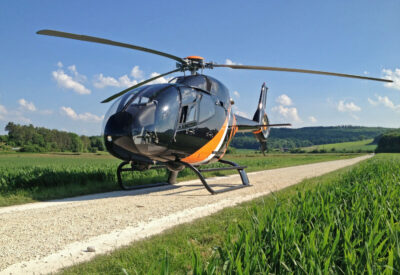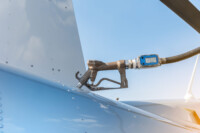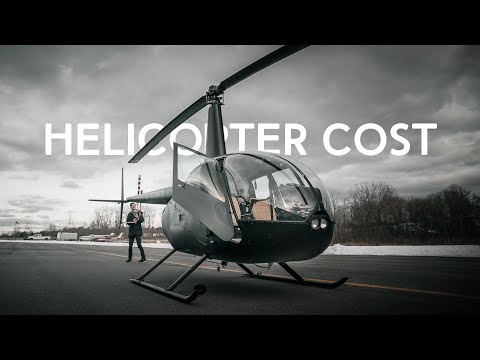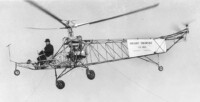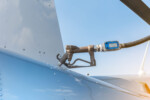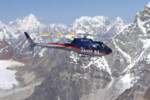Why are Helicopters so Expensive to Fly, Own and Maintain?
25 October 2021 | Updated on February 05, 2024
Helicopters are great fun, which is why many people choose to learn to fly them. However, we can’t deny the fact that helicopters are quite expensive to own and fly compared to fixed-wing aircraft. But why is this? Why are helicopters so expensive?
Helicopters come with their own unique set of challenges that make them more expensive to own, fly and operate. Their complexity is part of the reason why they’re still a relatively young invention compared to fixed-wing aircraft.
In the article below, we will look at some of the different factors that contribute to the higher cost, such as maintenance, depreciation, fuel and training.
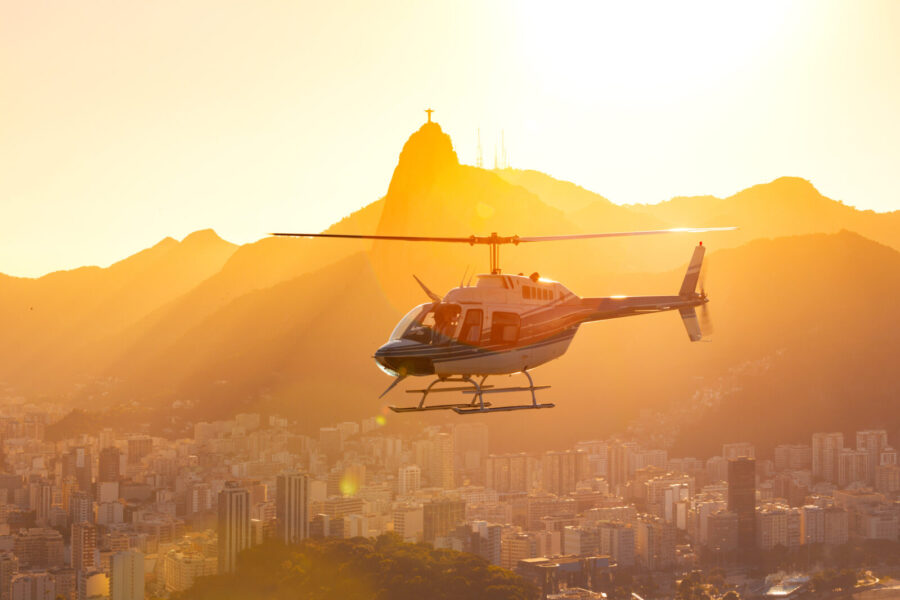

How Much Does it Cost to Buy a Helicopter?
Believe it or not, the initial purchase of the helicopter is not what makes it so expensive.
The price of a helicopter is in most cases similar to fixed-wing aircraft of comparable size. The initial cost of purchasing a helicopter can range from $50,000 for a lightweight experimental helicopter to over $30,000,000 for a heavy-lift commercial helicopter.
On the cheaper end of the price spectrum, you will often find experimental or ultralight helicopters with one or two seats. These are usually below a certain weight limit, making them operate in another class/category of aircraft (this does depend on FAA/EASA/… regulations, of course).
Ultralight helicopters have made helicopter flying more accessible to a wider range of people than the traditional general aviation class, which has both purchase and usage prices that may be prohibitive for most individuals.
The general aviation class helicopters are the popular 2 to 4 seat piston-engine helicopters, such as the Robinson R22 and R44 series. These can be purchased from anywhere between $320,000 up to $600,000, depending on the options and specific type of helicopter, of course.
Finally, we have the larger single or twin-engine turbine-powered helicopters, which can go into the multi-millions of dollars.
To give you a better idea of the purchase price of a helicopter, here are some common helicopters models with their estimated cost to buy in 2024:
- Mosquito XEL: $47,500
- Robinson R22: $319,000
- Cabri G2: $400,000
- Robinson R44 Raven I: $415,000
- Robinson R44 Raven II: $496,000
- Robinson R66 $921,000
- Bell 505: $1,200,000
- MD Helicopters MD 500: $1,900,000
- Eurocopter AS350: $2,400,000
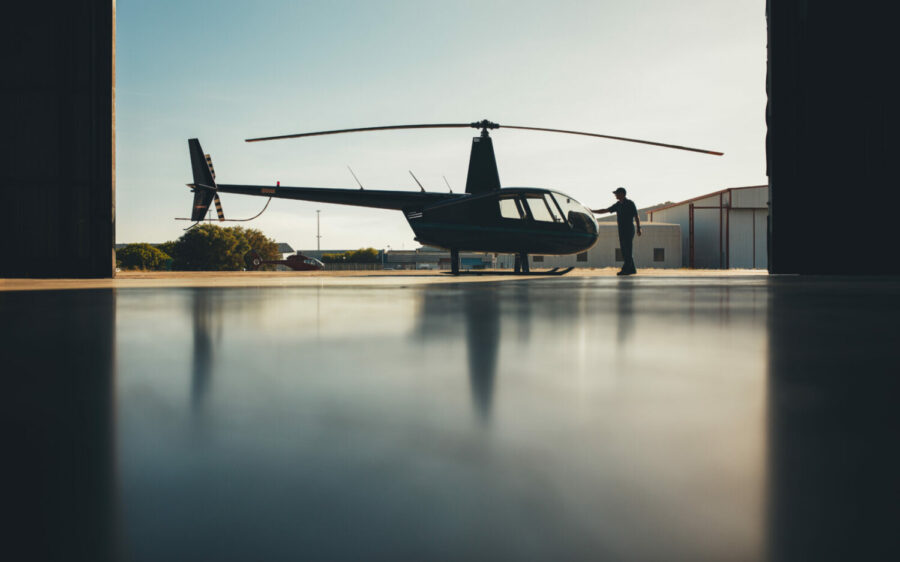

Why Are Helicopters so Expensive?
In terms of owning and operating a helicopter, the main factors affecting the overall price are its purchase price, maintenance, fuel costs, depreciation and insurance premiums. Let’s take a closer look at why each of these categories add to the high cost of helicopter ownership and operation.
Fuel Cost of Helicopters
The first and most obvious cost involved with any combustion-powered vehicle is fuel costs. Until we start seeing electrically-powered helicopters, fuel burn will be an important factor to consider, contributing to why helicopters are expensive to fly.
As fixed-wing aircraft are aerodynamically more efficient and have less drag, they will also be more fuel-efficient. Helicopters require constant power to remain in flight, powering the rotor blades that generate lift, opposed to using power only to propel a fixed-wing aircraft where the wings generate all the lift.
When helicopters are traveling slow, they need more energy to hold their weight. When traveling faster, the rotor drag is very high. This is the primary reason they need more power. More Power = More Fuel.
Also, the economics of traveling by helicopter are much less favorable. With higher fuel burn and a lower speed, the average fuel consumption per mile flown is worse. Even turbine helicopters aren’t much more efficient, because they stay low, making the turbines burn lots more fuel than comparable aircraft turbine engines at higher altitudes.
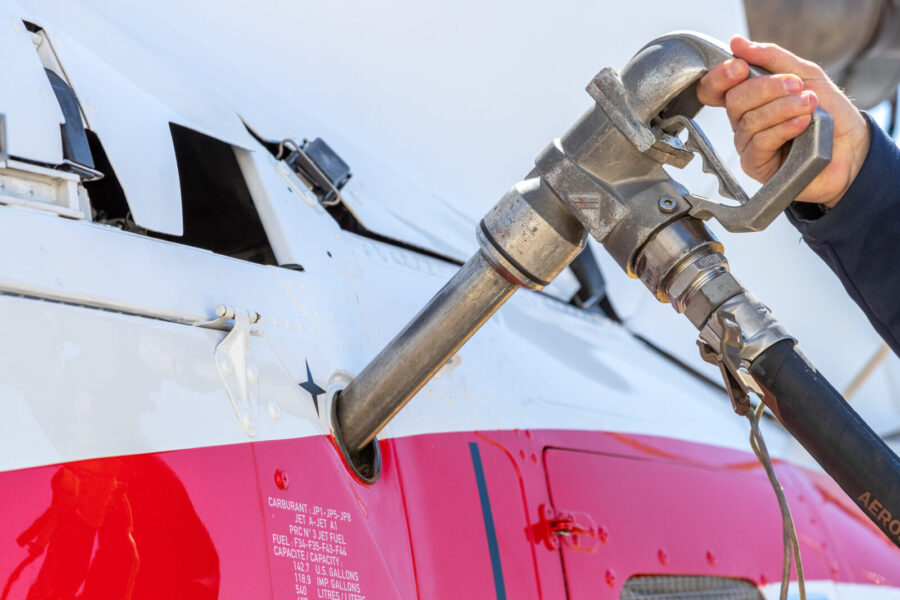

Maintenance Cost of Helicopters
Another cost that can add up quickly is maintenance-related costs.
To understand why helicopters incur much higher maintenance costs than other aircraft, one needs to look at what makes them different in the first place. Helicopters have complex powerplants and structures compared to fixed-wing aircraft, and these components require a higher level of care and attention than planes to ensure safe helicopter operations.
There are a lot more moving parts involved in rotary flight compared to airplanes, which require regular and more extensive inspections and maintenance, increasing both labor and parts costs.
With all the additional moving parts, it is inevitable that at some point, something will need to be repaired or replaced on a helicopter. However, parts are often less easy to find, especially for older helicopter models (we will cover the parts and production factor below).
When owning and operating a helicopter, one should account for these higher maintenance and replacement costs in calculating the hourly operating cost based on maintenance of the helicopter and its thousands of moving parts.
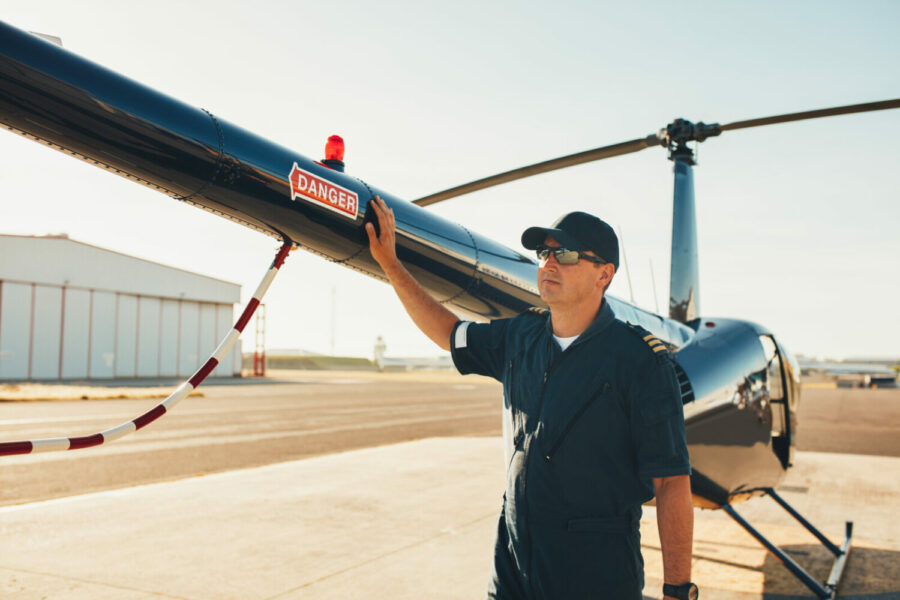

Production and Parts Cost of Helicopters
Closely related to maintenance costs are the costs involved with the production of the helicopters and their parts.
As a result of the limited production, parts can be a lot more difficult to find. And as with anything: with lower availability comes a higher price.
Other costs related to the regulatory approvals, research, and additional expenses also contribute to the expensiveness of helicopters compared to fixed-wing aircraft purchasing and maintenance.
Depreciation and Lifetime Limit of Helicopters
Another aspect that’s often forgotten is the limited lifetime and higher depreciation cost/hour.
Robinson helicopters, for example, have 2,200 hours of 12 years calendar limit. After reaching either of those, the helicopter should be written off and taken out of service (or undergo an expensive overhaul). This is an important factor to take into account when considering the economics of owning a helicopter.
Let’s say you own a Robinson R44 Raven I, with an estimated purchase price of $415,000. After the 2,200 hours/12 years have passed, the timed-out core will have some value remaining and can be sold for a complete overhaul.
If we estimate the remaining value of the helicopter after this time to be about $100,000, this makes a lifetime depreciation of $315,000 to be accounted for.
If you can fly all 2,200 hours within the 12 years calendar limit, this would make a depreciation cost of about $143/flight hour. So besides the cost of maintenance, insurance, fuel, etc, you will also need to add about $143 to every flight hour to account for the depreciation of the helicopter.
However, flying all 2,200 hours in the 12 years would amount to 183.3 hours per year, which can be quite a lot for a private owner. Let’s say you can realistically fly about 100 hours each year for 12 years, this would amount to a depreciation cost of about $262.5/hour (based on 1200 hours of flight time). Important to note here is that you will have wasted about 1000 hours of flight time on the aircraft, which all disappear once the helicopter reaches its 12-year calendar limit…


Insurance Cost of Helicopters
Another important factor that contributes to the operating expenses of a helicopter is insurance costs. Because helicopters are more complex and often operated within smaller safety margins (low flying, operating off-airport,..) there are higher risks and liability involved, which translate to increased insurance premiums.
When operating a helicopter for dangerous jobs, such as lifting loads, flying off-shore or even doing aerial tours with many passengers on board, insurance value can rise even more, making for a higher fixed cost to be accounted for in the operating expenses.
Fixed Costs of Helicopters
Fixed costs are defined by all costs that are not directly related to the number of hours you fly.
Maintenance can be seen as one fixed cost, although it will of course increase when you fly more hours.
Another more clear example of fixed costs is hangar rental. No matter how often you fly, you will still need to pay a hangar rental fee to keep your aircraft parked.
With fixed costs, you also have economies of scale, of course. Dividing $2000 in rental fees by 50 flight hours is a lot less financially interesting than dividing that same rental fee by 200 hours per year.
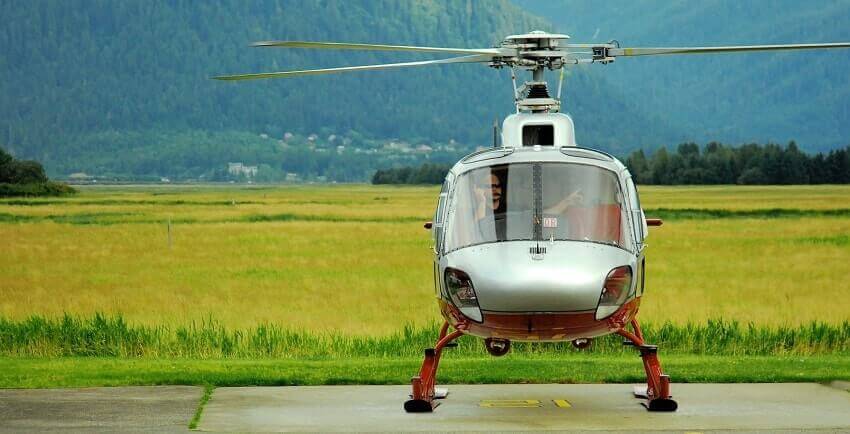

Training Cost of Helicopters
Finally, let’s take a look at why helicopter training costs more than training on a fixed-wing aircraft.
Although both a PPL(A) and PPL(H) have very similar lesson plans, the higher operating cost of a helicopter directly contributes to a higher cost per flying hour. With this operating cost often being at least double that of a fixed-wing aircraft, each flying hour will be twice as expensive and thus increase the cost of training.
However, this is mainly the case for the practical part of the training; the theoretical part and ground school for the basic flight training is very similar for helicopters and fixed-wing, both in contents and cost. However, if you continue training towards advanced ratings such as IFR, the cost to do this on a helicopter is again substantially higher because of the lower availability of those training programs and higher operating expenses of advanced IFR-rated helicopters.
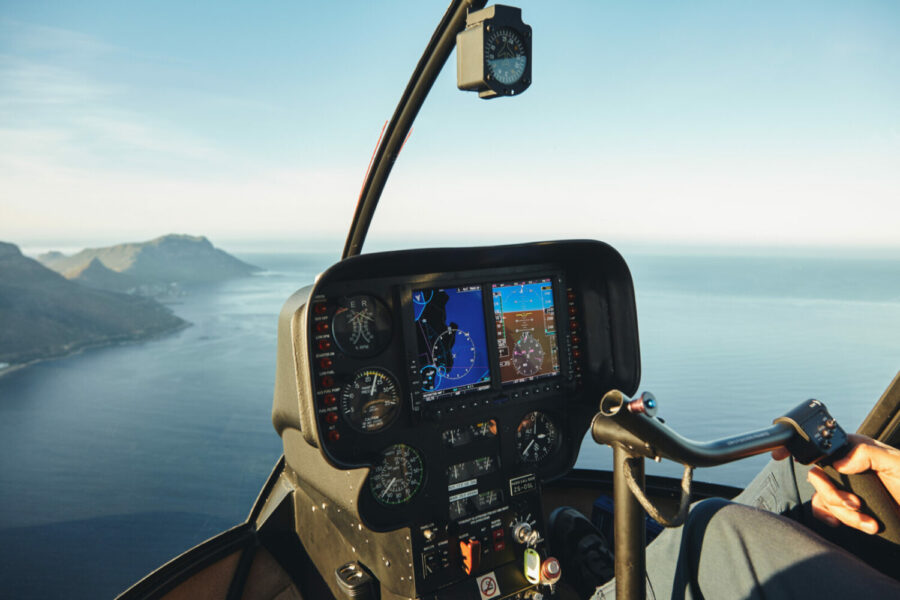

Example: Cost of Owning and Operating a new Robinson R44 Raven II
To better illustrate the different costs mentioned above, let’s look at a practical real-life example. We based this on a video by YouTube channel Becki and Chris, who broke down all the costs involved with buying and owning their own R44 helicopter.
We give full credits to them for the info below, of course.
This is a real-life cost breakdown for both used and new Robinson R44 Raven II helicopter (4-seater) in the personal/private owner setting, with specific emphasis on the economics of owning a Robinson helicopter with respect to 2200 hours/12-year calendar limits. All costs are 2024 prices.
The factory-new purchase price of this helicopter is $496,300. There’s a bit of controversy with mixed opinions around the remaining value of a timed-out R44, but generally speaking, we can take an average of $100,000 to $120,000, so $112,500.
So total depreciated value to take into account here is $496,300 – $112,500: $383,800. Dividing by 2,200 hours, each hour is now worth $174.45.
Below are the estimated fixed and variable costs involved, calculated for an average of 80 or 500 hours of flight time per year and taking into account the value to be depreciated.
Flying 80 hours per year
In this specific example and situation, the fixed costs amount to about $13,850 per year. Divided by 80 hours of flight time, this makes the fixed cost/hour $173.13.
Hourly cost breakdown:
- $174.45 depreciation
- $85 fuel and oil (of course depending on where you’re flying)
- $36 maintenance
- $173.13 fixed costs (insurance, hanger,…) based on 80 hours/years
= $468.58/hour
Flying 500 hours per year
Now, let’s say you can fly more each year because you use the helicopter for longer family trips or for business purposes, and you can increase your flight time to a stunning 500 hours per year. How does this impact the hourly cost?
For the fixed costs, we can now divide them by 500 hours of flight time, which makes for a much lower fixed cost/hour: $27.70.
Hourly cost breakdown:
- $174.45 depreciation
- $85 fuel and oil
- $36 maintenance
- $27.70 fixed costs based on 500 hours/years
= $323.15/hour
As with most things, there are economies of scale; the more you fly the cheaper it will get, as you can divide all those extra fixed costs by a higher number of flying hours.
If you want to learn more, you can watch the full interesting video here:
Conclusion
Helicopters are expensive to fly, own and maintain for a variety of reasons. One of the most significant factors is their higher operating cost which directly contributes to why they have such high hourly rates.
The higher prices come from having increased costs over fixed-wing aircraft in terms of fuel, maintenance and insurance, driving up the price per flying hour considerably.
The more moving parts and increased complexity involved in rotary flight compared to airplanes requires more maintenance and thus higher costs.




















